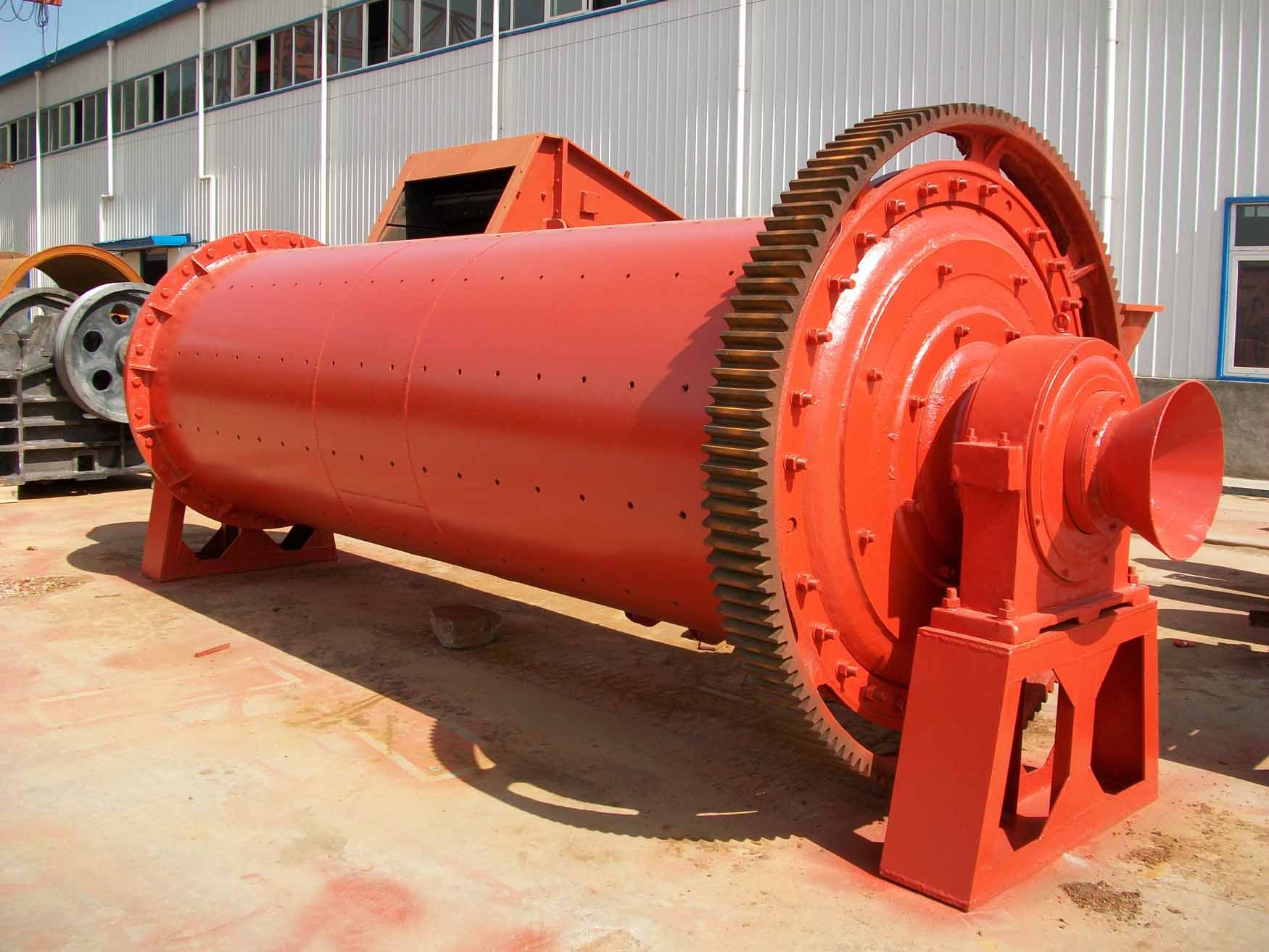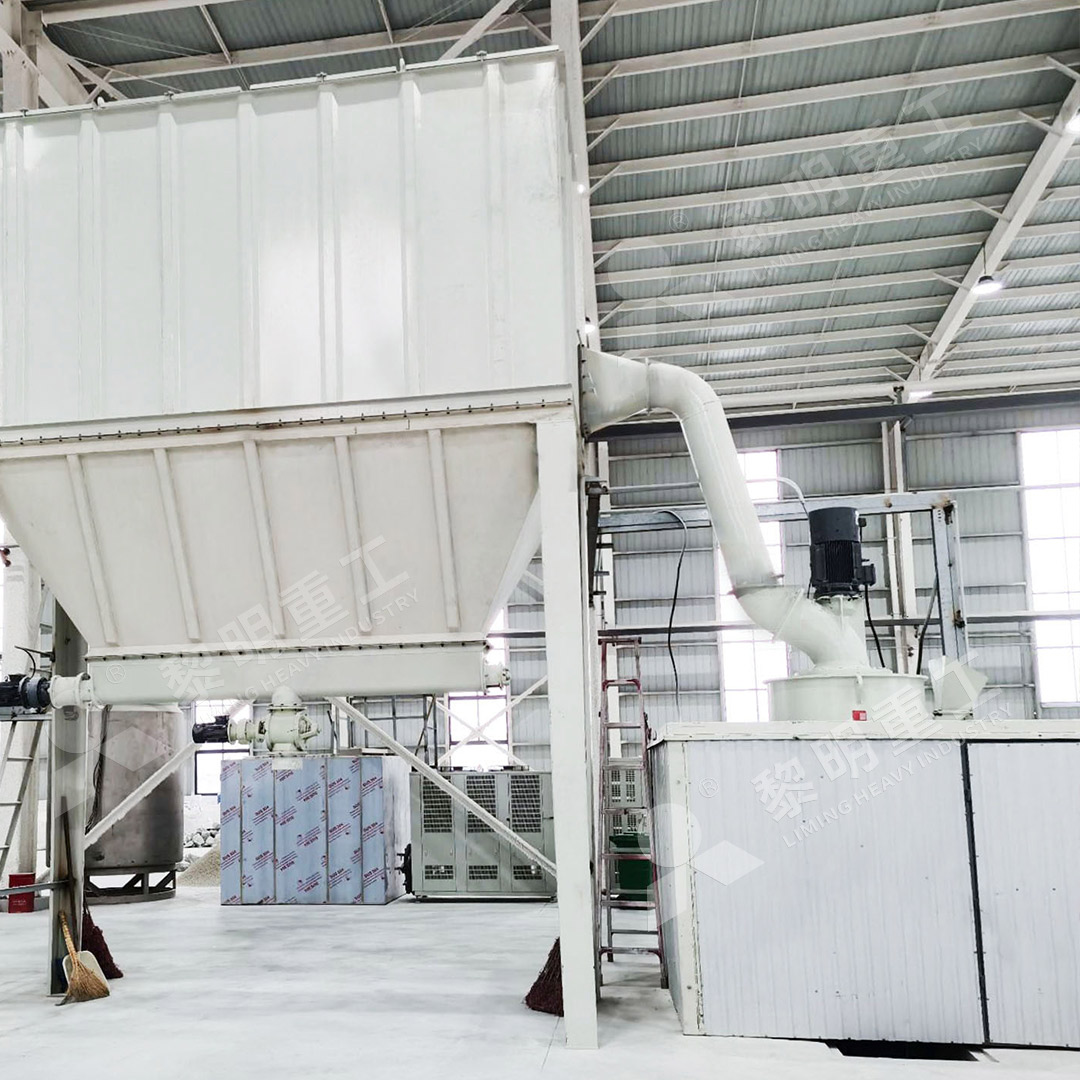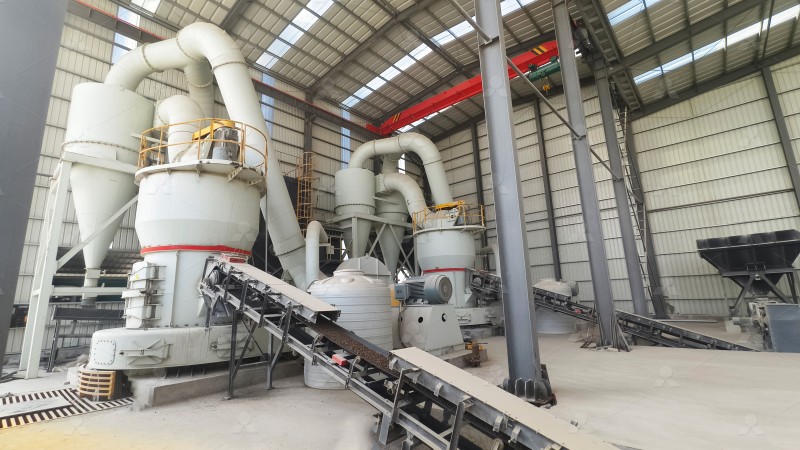How Does a Ball Mill Operate Under Negative Pressure?
How Does a Ball Mill Operate Under Negative Pressure?
Ball mills are a cornerstone of many industrial grinding operations, but their efficiency and environmental impact are heavily influenced by their operating environment. One critical aspect often overlooked is the pressure regime within the mill. Operating a ball mill under negative pressure isn’t just a technical detail; it’s a fundamental principle for enhancing performance, ensuring operator safety, and meeting stringent environmental regulations.
The Mechanics of Negative Pressure Operation
At its core, a ball mill is a horizontal rotating cylinder filled with grinding media like steel balls. Material is fed in, and the tumbling action crushes and grinds it into a fine powder. The challenge? This process generates immense amounts of dust. If left unchecked, this dust escapes, creating a hazardous and wasteful environment.
Operating under negative pressure solves this. A powerful fan or blower system is installed at the mill’s discharge end. This fan actively sucks air through the entire system, from the feed inlet to the product outlet. This creates a pressure inside the mill that is lower than the surrounding atmospheric pressure. Consequently, any leaks in the system cause ambient air to be drawn in, rather than allowing dust-laden air to leak out.

Key Benefits of a Negative Pressure System
- Dust Control: This is the primary advantage. Negative pressure containment is the most effective method to prevent fugitive dust emissions, protecting workers’ health and keeping the plant clean.
- Improved Efficiency: The airflow aids in transporting the finely ground powder out of the grinding chamber and into the classification or collection system, preventing over-grinding and improving throughput.
- Moisture Handling: The constant airflow helps to evaporate and carry away minor moisture content in the feed material, though for significantly wet materials, a dedicated dryer is still recommended.
- Safety: By preventing dust escape, the risk of combustible dust explosions is significantly mitigated.
Beyond the Ball Mill: The Role of Advanced Grinding Technology
While ball mills are reliable workhorses, modern industry demands higher efficiency and finer products. This is where advanced grinding technologies, like our MW Ultrafine Grinding Mill, truly shine. The MW series is engineered from the ground up to operate as a completely sealed, negative-pressure system.
It integrates an efficient pulse dust collector and muffler directly into its design, virtually elimanating dust and noise pollution. With an input size of 0-20 mm and a capacity range of 0.5-25 tph, it’s perfect for producing ultra-fine powder between 325-2500 meshes for industries like chemicals, paints, cosmetics, and food additives. Its unique design, with no rolling bearings or screws in the grinding chamber, eliminates common failure points and allows for external lubrication without shutdown, enabling true 24/7 worry-free operation.

Implementing Negative Pressure: System Components
Creating an effective negative pressure system requires more than just a fan. It’s an integrated system involving:
- The Mill itself: Must be as sealed as possible at all connections (feed inlet, discharge outlet, access doors).
- Dust Collection Unit: A pulse-jet baghouse or cyclone is essential for capturing the product from the air stream. Our mills come equipped with high-efficiency pulse collectors as standard.
- Induced Draft (ID) Fan: This is the engine of the system, creating the suction necessary to maintain negative pressure throughout.
- Ductwork: All connecting pipes must be airtight to maintain the pressure differential.
For operations requiring even greater precision in mineral processing, our LUM Ultrafine Vertical Grinding Mill offers another excellent solution. It combines negative pressure operation with advanced German powder separating technology and Taiwanese roller technology for exceptional grading accuracy and energy savings of 30%-50% compared to conventional mills.

Conclusion
Operating a ball mill under negative pressure is a non-negotiable best practice for modern, responsible manufacturing. It transforms the mill from a dusty, inefficient machine into a clean, high-performance asset. For those looking to upgrade their grinding process, considering a mill designed from the outset for sealed, negative-pressure operation—like our MW or LUM series—is a strategic move towards higher productivity, reduced operational costs, and exemplary environmental stewardship.
